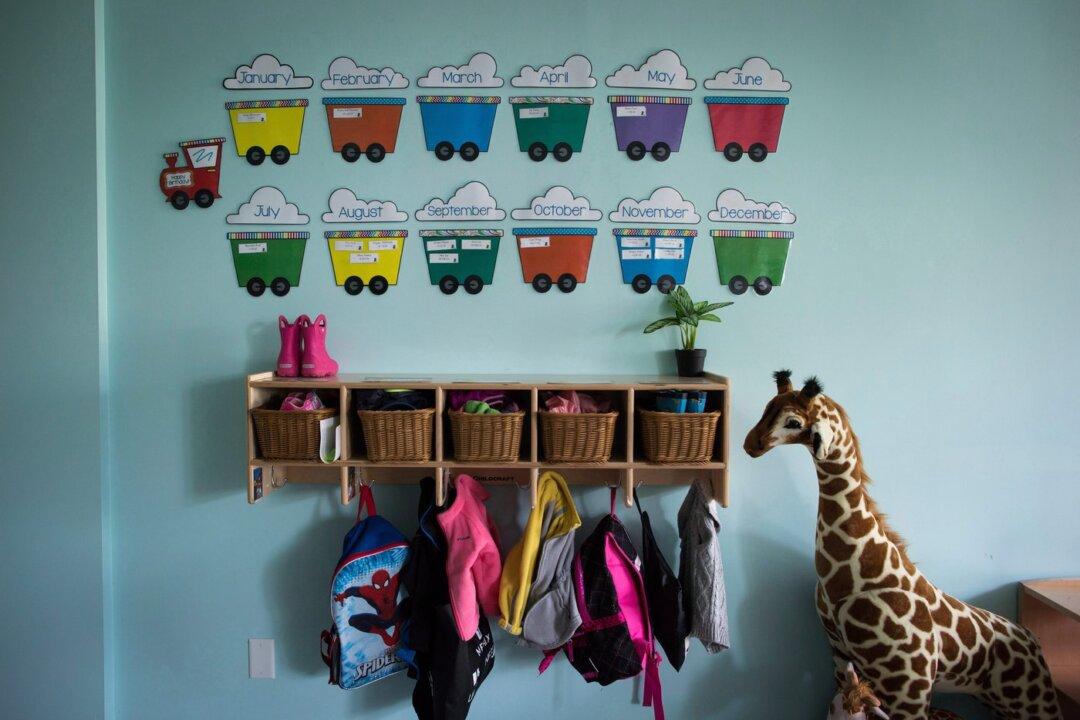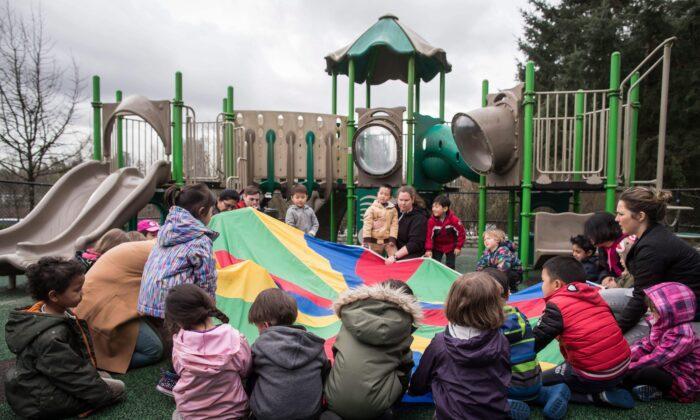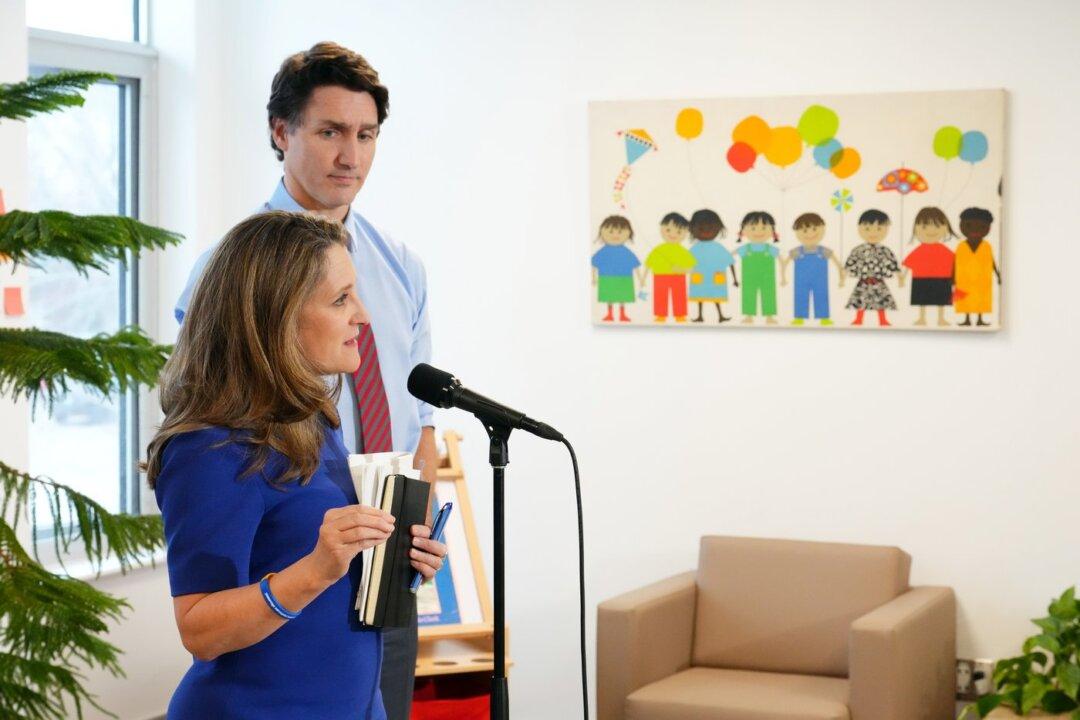Commentary
The government of Ontario recently announced its revamp of funding for licensed centres covered by the Canada-Wide Early Learning and Child Care program (CWELCC)—also known as the $10-a-day system. In an interview with CP24 on Aug. 15, former Education Minister Todd Smith said the new funding scheme would provide child-care operators with certainty and stability, that it was simple and easy to administer, and that it would set centres up to grow more spaces.





